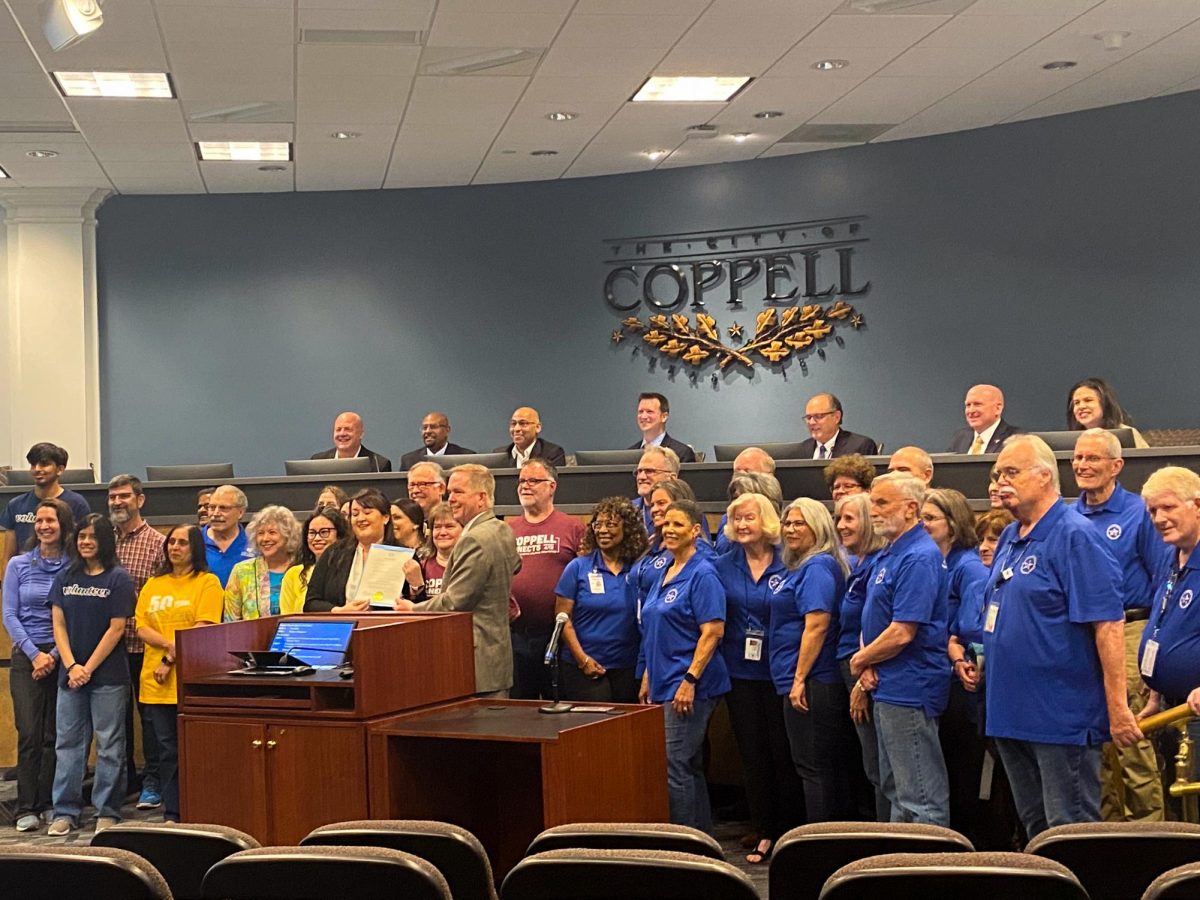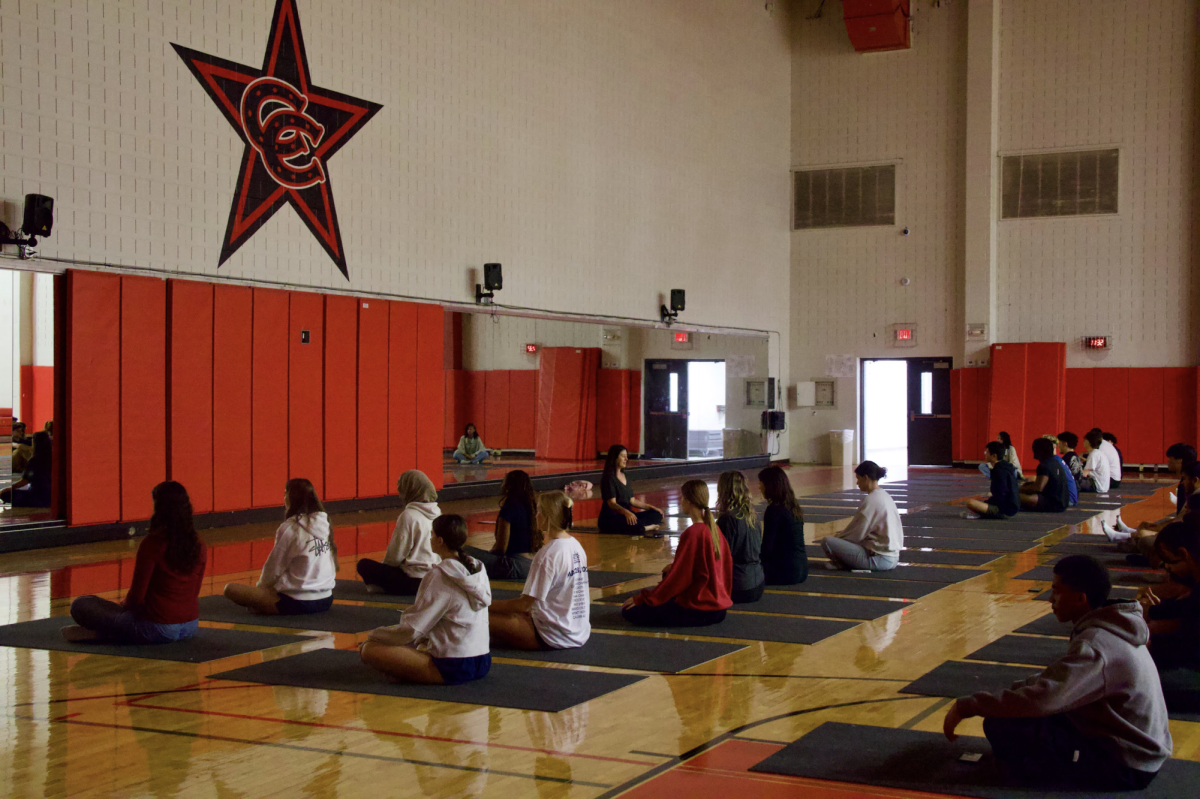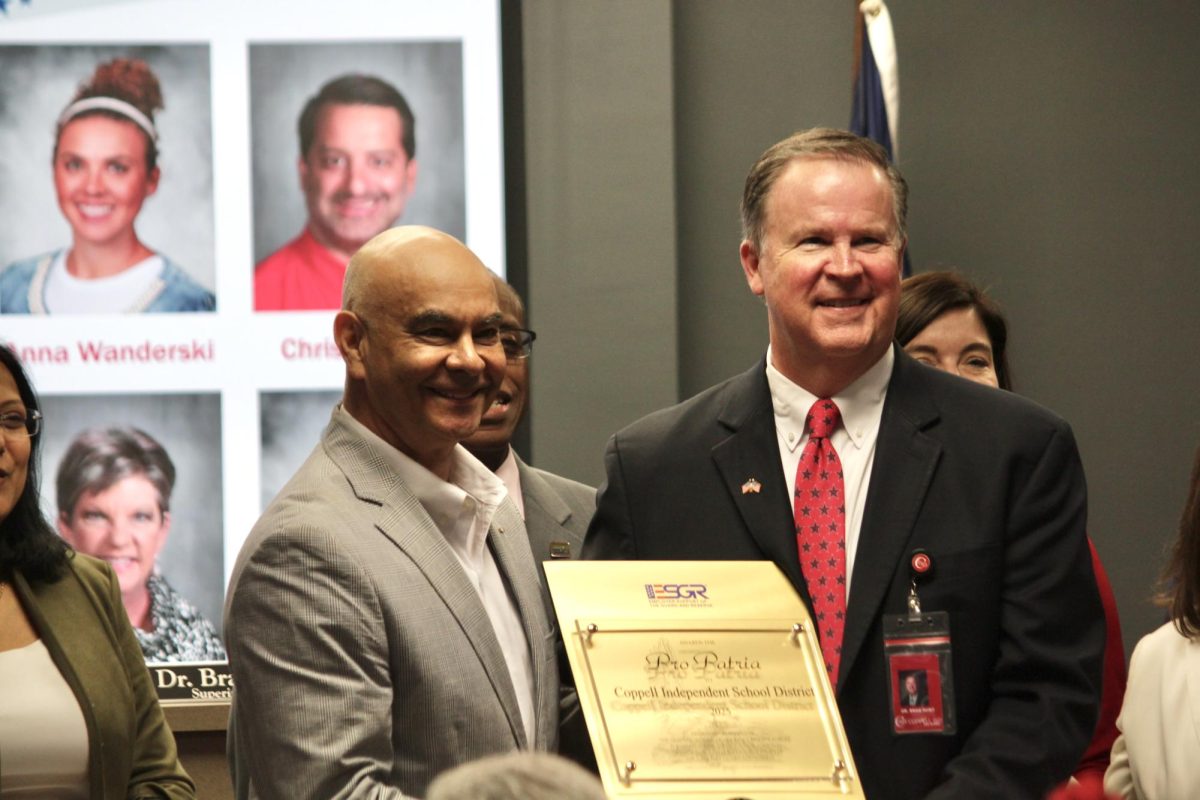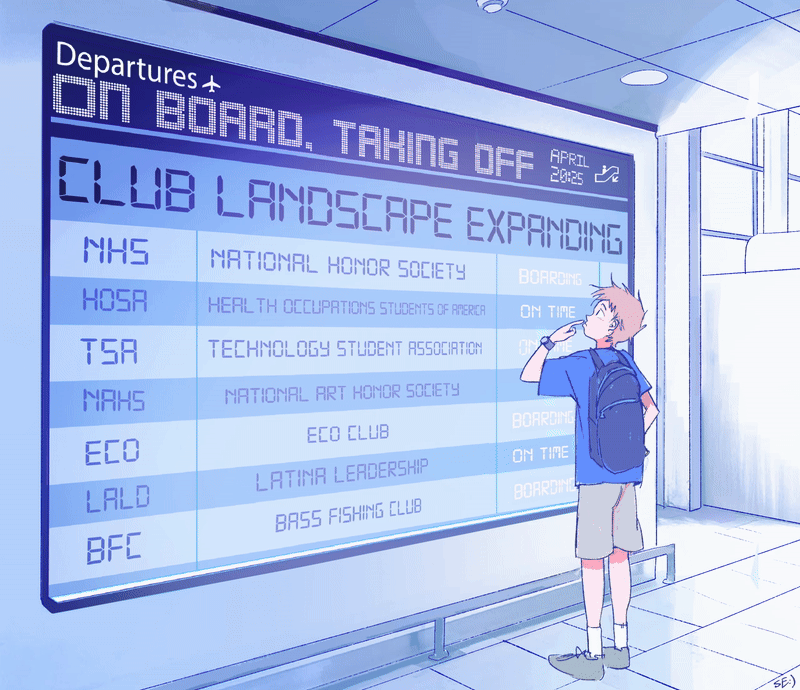Chris Cummins
Staff Writer
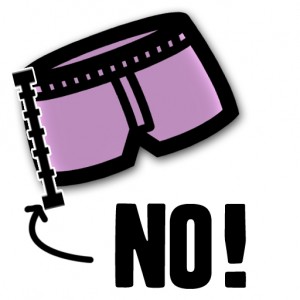
As summer approaches, and as hot weather returns, many CHS students have begun to put away their jeans and sweatshirts, and dust off their shorts and T-shirts in preparation for another hot Coppell summer.
However, one change many of those very same students may not be aware of is the heightened sense of scrutiny with which the Coppell High School administrators approach the dress code during hotter seasons, especially during the waning months of the school year.
If you have classes near the freshman center, you might have noticed that several assistant principals, such as Michael Williams, were entering classrooms at random and inspecting the students for dress code violations, purposeful or otherwise, and then disciplining those who, according to the student handbook, were caught violating the dress code. As punishments were handed out, the students could be seen at the Horseshoe, waiting to be called into the office. As it stands now, it seems that students who wish to enjoy the freedom of attire the summer heat allows will either have to accept their punishment, which differs for every student, or wait just a little bit longer for the chance to do so.
This heightened sense of inquiry is something that has become annual as student clothing has become more economical during the summer months. Increasingly, it seems as if the administration is stepping up its enforcement of school code, and making instances of students being disciplined for violating dress code much more visible to the student body than they have before. For some teachers, it’s a welcome addition. “It’s important for the administration to uphold the school code. It lets the students know that, even though it’s the end of the year, they still care,” says Mr. Dixon, the AP World History teacher.
“We’re trying to enforce the student code of conduct as it relates to the student code. We’re trying to reinforce and let students know that you can’t wear what you want to wear,” Williams said.
In addition, the CHS dress code, which is “very lenient”, according to Williams, and “allows for shorts and T-shirts” has been only enforced sporadically in the past, and is headed, if not in this immediate year, towards a stricter adherence of the school code.
For those students who pop up with frequency on dress code violations lists, no disciplinary measure is the same.
“At this point, so late in the year, [the punishment] could be a warning, depending on the student, but we’re recording all the names,” Williams said. “If a student name has popped up before, then we know we need to go with some sort of disciplinary action. It’s all based on the student.”
This is, despite the appearance to the contrary, a good thing. While students may grumble about the new, seemingly overweening discipline of the school administrators, it’s important that the administration recognizes the need to eschew a one-size approach to school discipline.
No matter how much the administration focuses on following school policy, it’s important that the school recognizes the need to recognize mitigating influences and students as more than ID numbers, and in the coming few years and months, it’s this saving grace that will help make the policy bearable and desirable, rather than autocratic and harmful.



